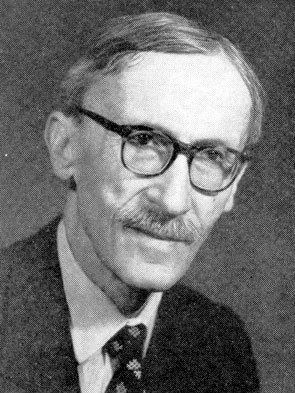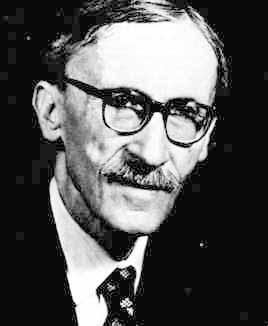Nationality French Role Mathematician | Name Paul Levy | |
 | ||
Institutions Ecole PolytechniqueEcole des Mines Doctoral students Wolfgang DoeblinMichel LoeveBenoit MandelbrotGeorges Matheron Known for Levy processLevy flightLevy measureLevy\'s constantLevy distributionLevy C curve Similar People Benoit Mandelbrot, Jacques Hadamard, Maurice Rene Frechet, Michel Loeve, Wolfgang Doeblin | ||
Paul l vy mathematician
Paul Pierre Lévy (15 September 1886 – 15 December 1971) was a French mathematician who was active especially in probability theory, introducing martingale and Lévy flight. Lévy processes, Lévy measures, Lévy's constant, the Lévy distribution, the Lévy skew alpha-stable distribution, the Lévy area, the Lévy arcsine law, and the fractal Lévy C curve are also named after him.
Contents
Biography

Lévy was born in Paris, the son of Lucien Lévy, an examiner at the École Polytechnique. Lévy also attended the École Polytechnique and published his first paper in 1905, at the age of nineteen, while still an undergraduate. His teacher and advisor was Jacques Hadamard. After graduation, he spent a year in military service and then studied for three years at the École des Mines, where he became a professor in 1913.
During World War I Lévy conducted mathematical analysis work for the French Artillery. In 1920 he was appointed Professor of Analysis at the École Polytechnique, where his students included Benoît Mandelbrot and Georges Matheron. He remained at the École Polytechnique until his retirement in 1959, with a gap during World War II after his 1940 firing because of the Vichy Statute on Jews.
Lévy received a number of honours, including membership at the French Academy of Sciences and honorary membership at the London Mathematical Society.
His daughter Marie-Hélène Schwartz and son-in-law Laurent Schwartz were also notable mathematicians.
